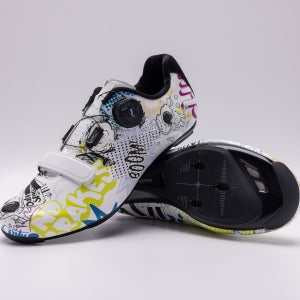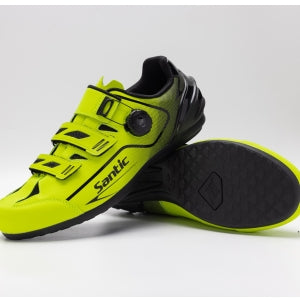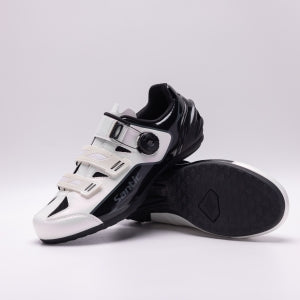How To Deal with Bicycle Accidents
Cycling is not only a popular recreational activity but also an effective means of transportation and fitness. However, accidents can happen unexpectedly, posing risks to cyclists' safety and well-being. This guide provides essential steps and techniques for dealing with emergencies such as bicycle accidents, thereby enhancing cyclists' safety and preparedness on the road.
Steps to Take After a Bicycle Accident
1. Prioritize Safety, Remain Calm and Assess Injuries
In the event of an accident, prioritize your safety above all else. If possible, move to a safe area away from traffic to avoid further harm.
Stay composed and conduct a thorough self-assessment for injuries, considering their severity. Be mindful that shock can mask pain, so ensure a comprehensive evaluation of your condition.
2. Inspect Your Helmet and Head
After a bicycle crash, carefully examine your helmet and head for signs of a head injury. Even if no visible external injuries exist, the crash's impact could cause internal harm. Check your helmet for any damage; even minor indications like scuffs or dents may indicate an impact.
Additionally, monitor yourself for symptoms such as disorientation, confusion, headache, balance difficulties, nausea, vomiting, or unwellness. These symptoms could signify a head injury, necessitating immediate medical attention for your safety and recovery.
3. Remain at the Scene and Report to Authorities
Staying at the site of a bicycle accident holds significant importance for multiple reasons. Firstly, it's a legal obligation for both cyclists and other involved parties to remain until authorities arrive. Furthermore, remaining at the scene enables you to provide crucial information to law enforcement, offering your perspective on the incident, which can prove vital for insurance claims and legal processes.
Since injuries sustained in bicycle accidents may not be immediately apparent, staying allows for self-assessment and prompt medical attention if required.
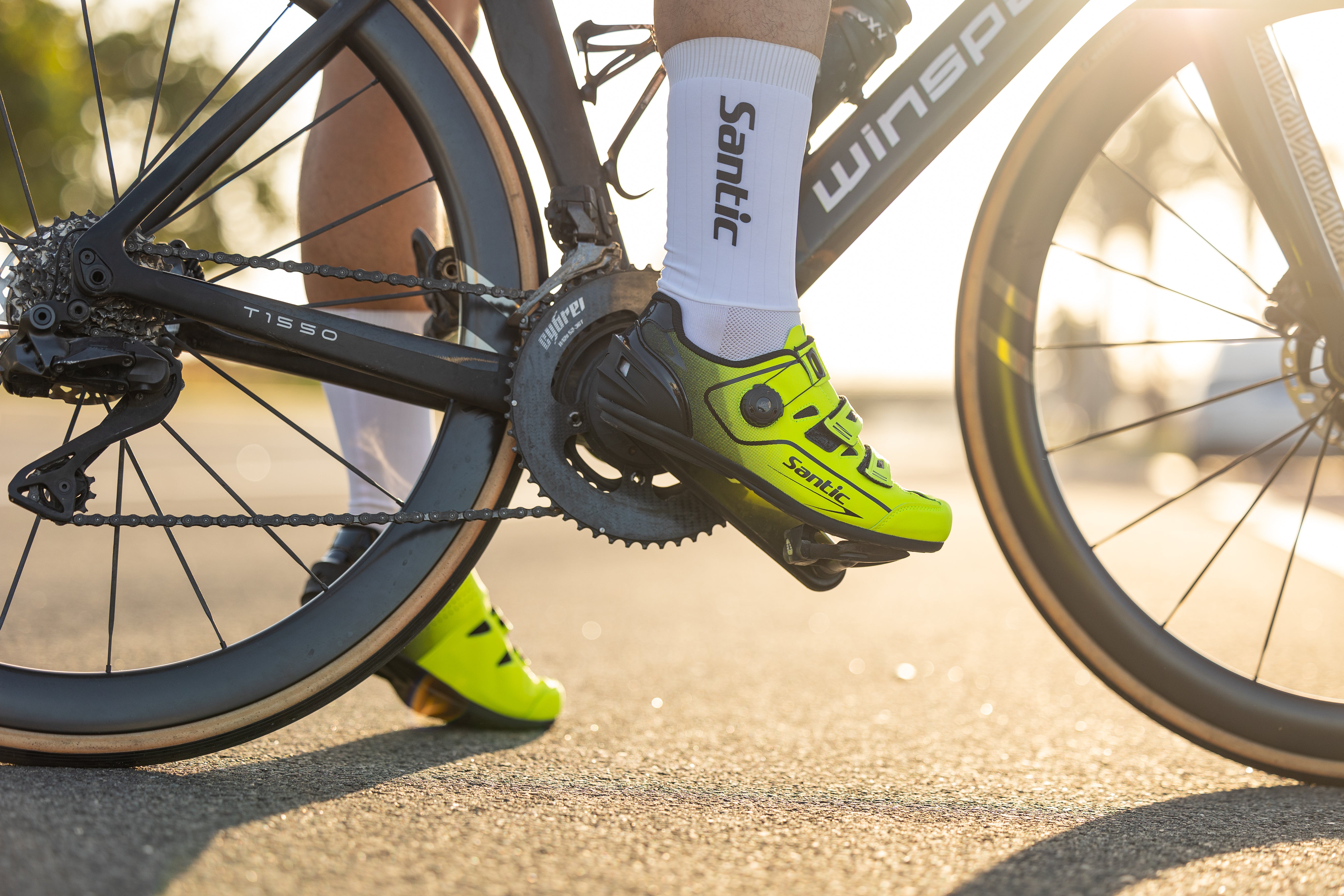
4. Document the Incident, Secure Witness Statements
Utilize your smartphone or camera to document the accident scene comprehensively. Capture images of the vehicles involved, any damages incurred, road conditions, traffic signals, and visible injuries. If feasible, create sketches or diagrams of the location, incorporating street signs or identifiable landmarks. These visual records serve as valuable documentation for later reference.
In the event of witnesses being present at the accident scene, gather their contact information and request a concise account of their observations. Witness statements are pivotal in clarifying the circumstances leading to the accident. Ensure these statements are incorporated into the official police report.
5. Secure Legal Representation
It is imperative to enlist the services of a specialized bicycle accident attorney due to their specific expertise in handling cases related to cyclists. These attorneys profoundly understand traffic regulations, cyclist rights, and the common factors contributing to bike accidents. Collaborating with a bicycle accident attorney can significantly improve outcomes for injured cyclists.
6. Preserve Evidence, Seek Immediate Medical Attention
Maintain the integrity of any damaged clothing, your bicycle, and associated gear in their post-accident state. Refrain from washing or repairing them until you've sought guidance from legal counsel and thoroughly documented the damage. Such evidence holds significant weight in insurance claims or legal proceedings.
Following a bicycle accident, seeking medical evaluation is crucial, even if injuries appear minor promptly. Adrenaline can mask pain, concealing potentially severe issues. Delaying medical assessment may lead to complications, infections, or improper healing. Physicians can also identify internal injuries and address seemingly minor concerns, such as road rash caused by unhygienic road conditions.
Timely medical intervention is paramount for ensuring proper treatment and recovery, particularly for injuries like head trauma, fractures, and sprains, which may not manifest immediately but could result in long-term complications if left untreated.
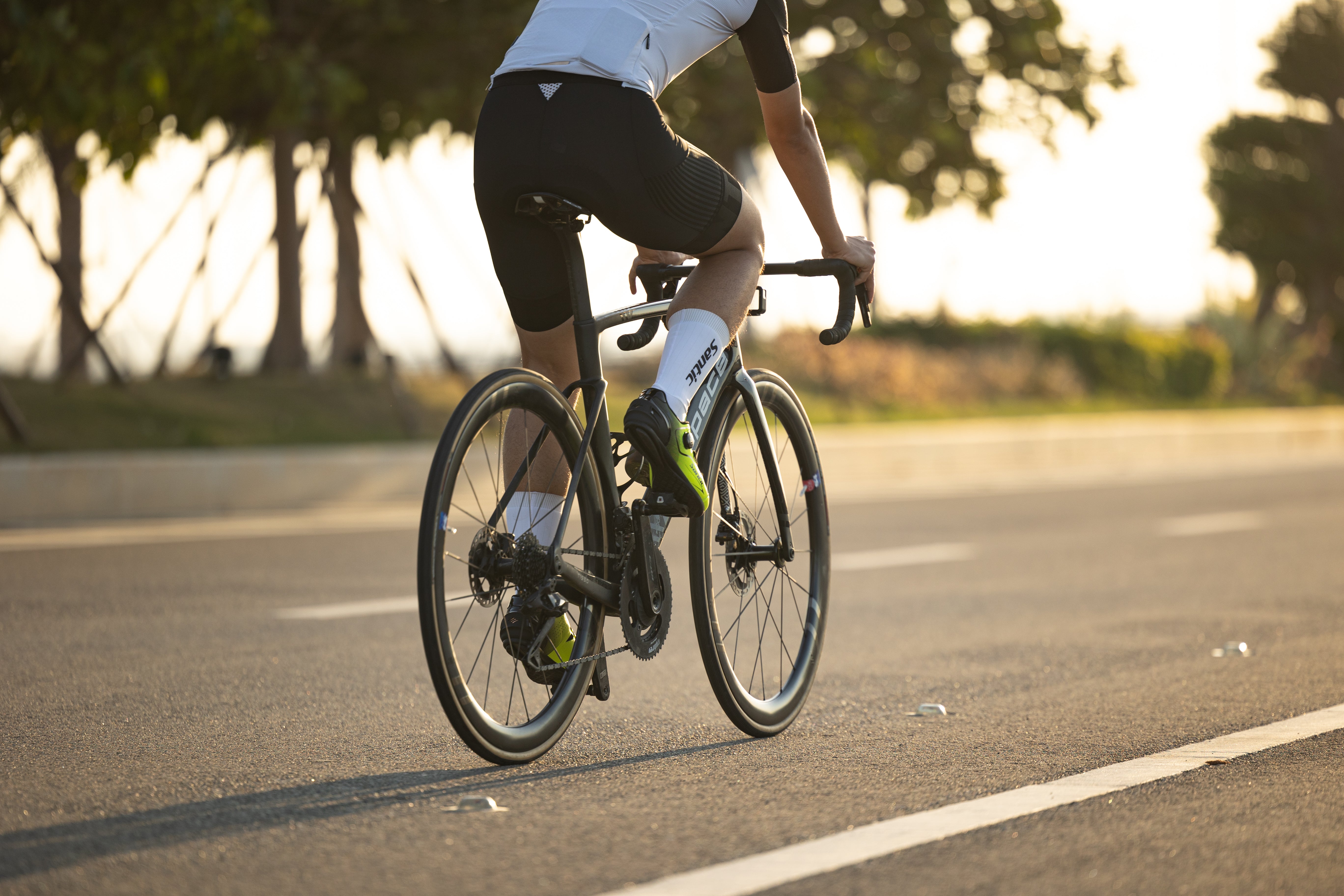
7. Adhere to Medical Advice, Maintain Comprehensive Records
Comply with the treatment regimen and follow-up directives provided by your healthcare provider. This fosters your recovery and establishes a documented history of your injuries, bolstering potential legal claims.
Keep meticulous records of all expenses stemming from the accident, encompassing medical bills, property damage, lost income, and any other relevant outlays. These records serve as vital evidence to substantiate your claims. Furthermore, maintain a journal detailing your daily condition, symptoms, and physical and emotional recovery progress.
What Precautions Should Cyclists Take in the Event of a Bicycle Accident?
1. Employ Proper Bicycle Helmet Usage, Enhance Visibility
Ensuring you wear an undamaged, well-fitted bicycle helmet is paramount in protecting against potential brain injuries.
Enhance your visibility to motorists by donning brightly colored or reflective attire visible from a distance. Utilize bright headlights and tail lights both during daylight hours and at night.
2. Carry a Fully Charged Mobile Phone
Ensure your mobile phone is fully charged before departing. Inform a friend or family member of your intended route and estimated return time for added safety.
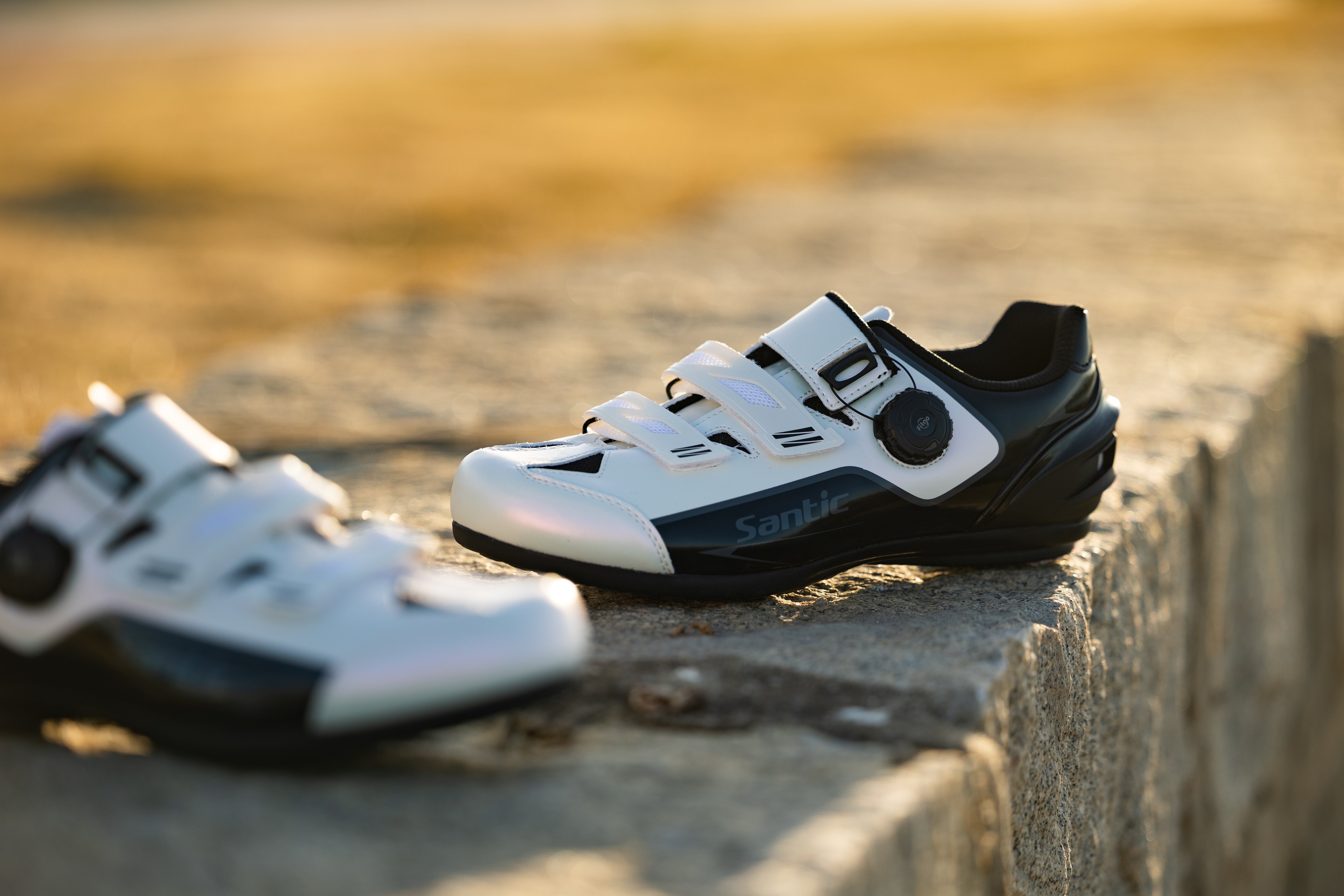
3. Adhere to Traffic Regulations
Familiarize yourself with and adhere to state traffic laws applicable to cyclists. Typically, cyclists must observe the same regulations as motor vehicle operators, including halting at stop signs and red lights. Complying with traffic laws fosters mutual respect between cyclists and motorists.
How do you relieve pain from a bike accident?
Understanding the nature of the injuries is paramount when addressing pain relief post-accident. Bicycle accidents can result in a myriad of injuries, ranging from superficial wounds like scrapes and bruises to more severe conditions such as fractures and ligament tears.
Once the extent of the injuries sustained in the bike accident is known, crafting a comprehensive recovery plan becomes possible. Regardless of the injury type, prioritizing rest and recovery is imperative. Refraining from exerting undue pressure on injured areas is essential to expedite the healing process and prevent potential complications.
Supplying supplies like antibacterial cream and band-aids to tend to scrapes and cuts promptly is advisable. Covering the affected area can also alleviate discomfort by minimizing friction from clothing and reducing exposure to air, thereby promoting a smoother recovery journey.
How long does it take to recover from a bike accident?
The recovery duration following a bike accident is contingent upon the severity and extent of the injury sustained. In cases involving significant trauma, such as a broken bone or sprain, the recovery period typically spans a minimum of two months.Conversely, the recuperation process may be shorter for minor injuries, typically lasting less than two months.
It's important to recognize that recovery rates vary among individuals, and it's essential not to exert undue pressure on oneself to hasten the healing process.
How do you treat muscle pain after a bike accident?
Addressing muscle pain necessitates a multifaceted approach, as it involves several steps and may require an extended period to achieve complete healing. Commence the treatment process with dietary adjustments, enhancing amino acid intake through protein-rich foods to facilitate muscle repair and incorporating healthy fats to preserve cellular integrity.
Additionally, augment your diet with antioxidants, magnesium, potassium, vitamin D, and calcium to promote overall health and expedite recovery.
Conclusion
Experiencing a bicycle crash can be a traumatic event, yet having a clear understanding of the vital actions to undertake afterwards can profoundly impact your safety, legal rights, and recuperation process. Beginning with prioritizing safety and promptly alerting emergency services, cyclists are guided through crucial steps to navigate the aftermath effectively.
Seeking immediate medical attention is paramount to addressing injuries and mitigating potential complications while preserving evidence ensures the integrity of any future legal proceedings.
Related Articles
【Best Bike Tool Kits】
https://santic.com/blogs/extra/best-bike-tool-kits
【Enjoyment In Cycling】
https://santic.com/blogs/extra/enjoy-cycling-sport

